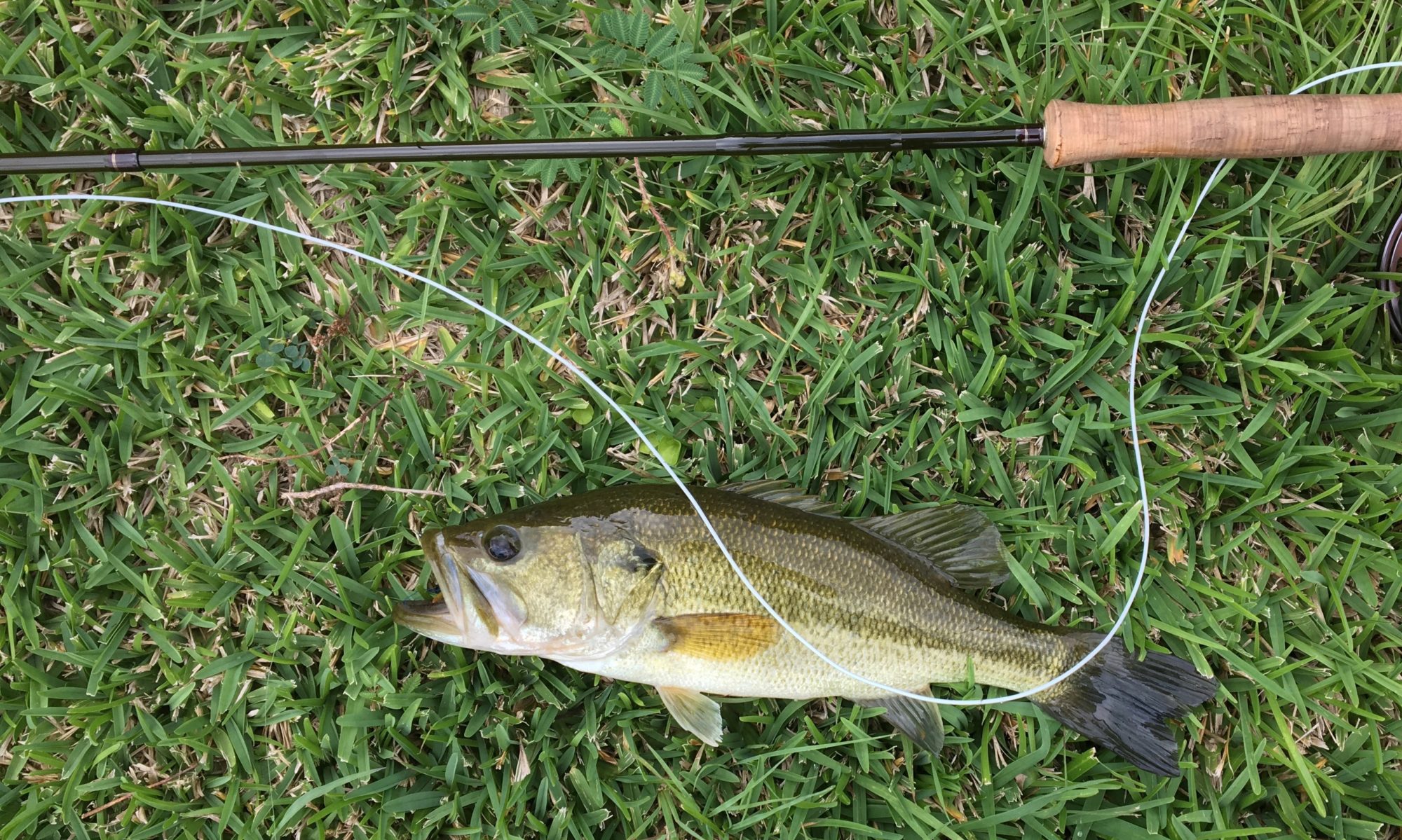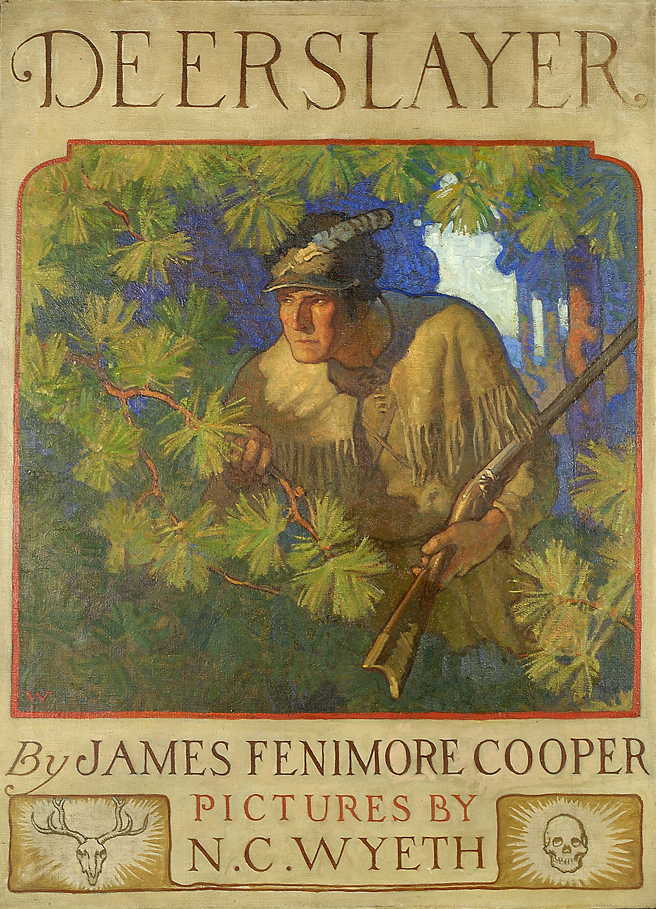I’ve caught smallmouth twice, once on the Devil’s River in South Texas and once on the Shenandoah River in Virginia. Neither is in the smallmouth’s native range. The Shenandoah is a bit west of where smallmouth should be, over and down a mountain range, but smallmouth in the Devil’s River is a real stretch. As I recall they were imported to Falcon Reservoir on the Rio Grande and moved up into the Devil’s. The Devil’s is so far out of the way that you don’t go there except on purpose, so however they got there it wasn’t an accident.

That USGS map shows both the smallmouth’s historic range in mustard and (except for Canada–this is a USGS map) the expanded range in brown. Historically smallmouth were south of the Great Lakes, west of the Appalachians, along but mostly east of the Mississippi, and roughly north of a line extending along the southern border of Tennessee. It’s an area well out of my native range. Now they’re in Canada and in every state but Florida. They’re aggressive, adapt easily, mature quickly, and as often as not live long and prosper where people put them.
Their range is generally north of the range of their kin the largemouth, and they thrive in cooler water. They are more heat tolerant than trout, and are expected to expand north with global warming. We haven’t fished for smallmouth in their native range. Illinois will be a first.

Smallmouth live both in stillwater and rivers, but they tend to grow larger in lakes. The all-tackle record smallmouth, 11 lbs, 15 oz., was caught in 1955 in Dale Hollow Reservoir in East Tennessee, which is not only a smallmouth Mecca but sounds exactly like the kind of place you’d find in East Tennessee.
Smallmouth are commonly 12 to 16 inches, with females generally larger than males. They’re usually olive with vertical bands, but can also be dark or light green. Colors vary depending on habitat. Dark waters, dark fish. Sand bottom, clear water, light fish.
A smallmouth’s jaw extends to a vertical line from the center of its eye, while a largemouth’s will go to the back of the eye. A smallmouth will eat most any protein thrown its way, including fish, insects, frogs, and crawfish. I’ve read that they’re not as partial to topwaters as largemouth, but I suspect that may be more a matter of time of year than disdain. Even largemouth only turn to topwaters when it’s hot.
Especially in colder environments smallmouth move into deeper water in the fall and start moving into shallows in the spring. They don’t really feed in cold, so they’re not an ice fishing target, but neither is anything else as far as I’m concerned. By the time we fished the Wisconsin River in late September the smallmouth had already moved out of the river and into the deeper lake.

Smallmouth begin to spawn when they’re three to five years old. Temperatures drive the spawn, and romance blooms in the spring when the water is around 60°. Males build circular nests in sand, gravel, or rock, in depths less than ten feet. In lakes nests are near shore and in streams in areas protected from strong current. Nests may be 2″ to 4″ deep and up to several feet across. From year to year males will typically build their nests within 150 feet of the prior year’s nest.
Males wait for females to come into the shallows, which sounds about right for male behavior generally. Colors are more intense during spawning, and males get into fights with other males, which also sounds about right. Mature females may contain up to 14,000 eggs. The eggs mature over time, and eggs aren’t dropped all at once. To drop some girl stuff the female settles at the bottom of the nest, while the male settles next to her. Hooray! The female drops small batches of eggs, fewer than 50 at a time, in intervals of under 30 seconds, so for 2000 eggs they’re going to be at it for awhile. It’s all very romantic, with soft lights and music and candles, and the male is required to pay for dinner.
Smallmouth aren’t particularly faithful, and a male may spawn with several females in the same nest. A female may visit more than one nest, dropping a few thousand eggs at each. Eggs hatch in a few days after fertilization, and males guard the nest for about a month, until the hatched fry begin to disperse. The males do the child-rearing, arranging for pre-schools and driving the carpools, and the females head to deeper water where they lie on the lake bottom to recover. Reproduction is hard work.


























